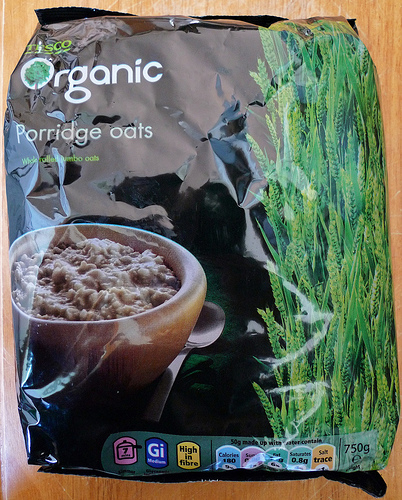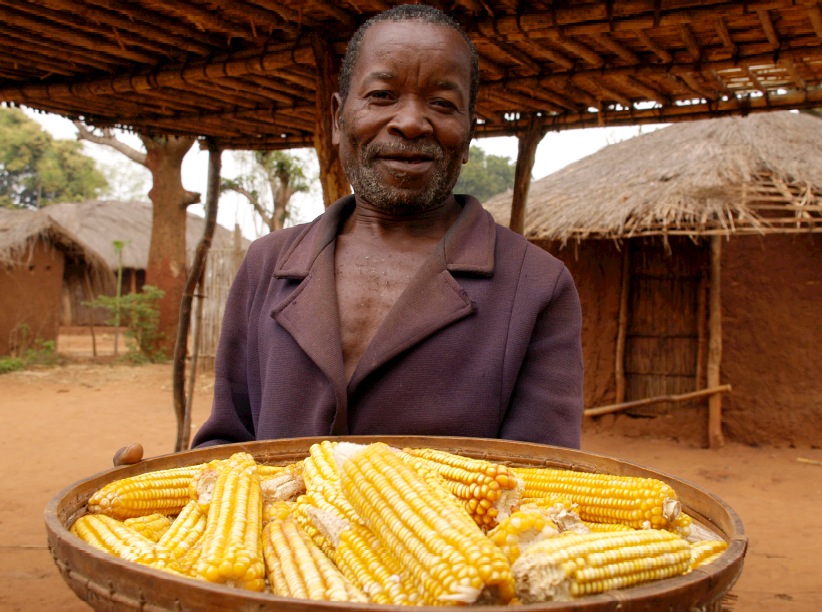
Thanks Nick.
Diversity improves waste recycling
The stuff that comes out of olive mills after the oil has been extracted is difficult to deal with. It ought to be a good addition to soils, increasing organic matter and other good qualities. But because it is a rather slimy sludge, it doesn’t decompose well. It is often composed by mixing half and half with sheep litter, and in a recent experiment, grape stems were added too. The result was faster, better compost. Olio, pecorino e grappa. Good for you, good for the land.
Nibbles: Monsanto, Carnival, Recycling, Kelp, Land lease, Pinole
- Monsanto under anti-trust investigation in US. h/t Our man in the policy maelstrom, Michael.
- Scientia Pro Publica, latest edition.
- From the SPP carnival, a recycled doormat saves edible marine biodiversity.
- Kelp farming in Maine. h/t Sadie Jane.
- “Is there such a thing as Agro-Imperialism?” we’ll let you know when we’ve read this long article. h/t Resilience Science
- This is the jerky of the plant kingdom. For those who don’t know, this is the jerky of the animal kingdom.
Do farmers know how to save seeds?
There’s a strange story one hears in various quarters, that small-scale farmers, outside the industrial mainstream, don’t really know how to save their own seeds. We saw it a couple of weeks ago in a comment from Andre, who said that European legislation ensures that “varieties [are] properly maintained and registered and the seed produced according to state-of-the art standards and certified”. The clear implication is that seed produced under any other regime is likely to be defective in some way. I don’t have numbers, of course, but this kind of argument seems to be reasonably common among proponents of high-tech seed breeding. But I was rather surprised to see a somewhat similar argument in a project in the World Bank Development Marketplace, which is busy building to its giddy and exciting conclusion even as I write.
One of the finalists, Helvetas Mozambique, justifies its proposal like this:
“Without access to quality seeds, subsistence farmers practicing rain-fed agriculture continue recycling grain that has been exhausted after generations of cultivation, producing poor yields. …”
To break this cycle, Swiss-based Helvetas proposes what it calls a “zero-emission fridge” consisting of low-cost storage facilities run by community-owned seed banks that “distribute quality seeds of improved crop varieties and serve as a social safety net to benefit 10,000+ rural households”.
What is this notion that grain can become “exhausted after generations of cultivation”? It used to be said of potatoes in Europe, before anyone really understood anything about either sexual reproduction or tuber-borne diseases. And the proof was that if you saved potato fruits and planted true potato seed, the plants were much more vigorous, usually because the seeds did not contain the virus load that plagued seed tubers. Sex reinvigorated the stocks.
 Judging from the picture accompanying the piece on the Helvetas proposal, the grain in question is maize. And maize does indeed suffer from inbreeding depression if seeds from too few individuals are saved, but I’m not aware of any evidence that experienced maize farmers don’t understand this. Does Helvetas have evidence that inbreeding depression is a real problem? Or is it, perhaps inadvertently, promoting a view that one reason subsistence farmers don’t have Swiss bank accounts is that they don’t know what they’re doing?
Judging from the picture accompanying the piece on the Helvetas proposal, the grain in question is maize. And maize does indeed suffer from inbreeding depression if seeds from too few individuals are saved, but I’m not aware of any evidence that experienced maize farmers don’t understand this. Does Helvetas have evidence that inbreeding depression is a real problem? Or is it, perhaps inadvertently, promoting a view that one reason subsistence farmers don’t have Swiss bank accounts is that they don’t know what they’re doing?
Looks like we got ourselves a dialectic
Oglio, a third generation farmer eschews modern farming techniques — chemicals, fertilizers, heavy machinery — in favor of a purely natural approach. It is not just ecological, he says, but profitable, and he believes his system can be replicated in starving regions of the globe.
Nearly 5,000 miles (8,000 km) away, in laboratories in St. Louis, Missouri, hundreds of scientists at the world’s biggest seed company, Monsanto, also want to feed the world, only their tools of choice are laser beams and petri dishes.
Reuters anticipates the World Summit on Food Security with the standard oppositional fare.